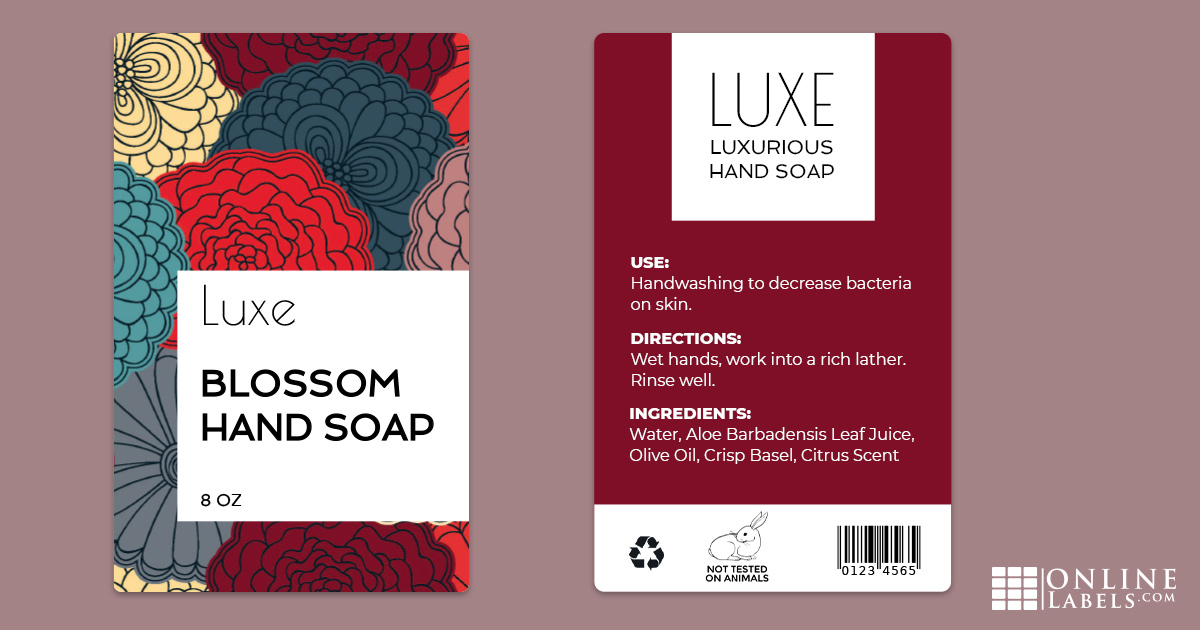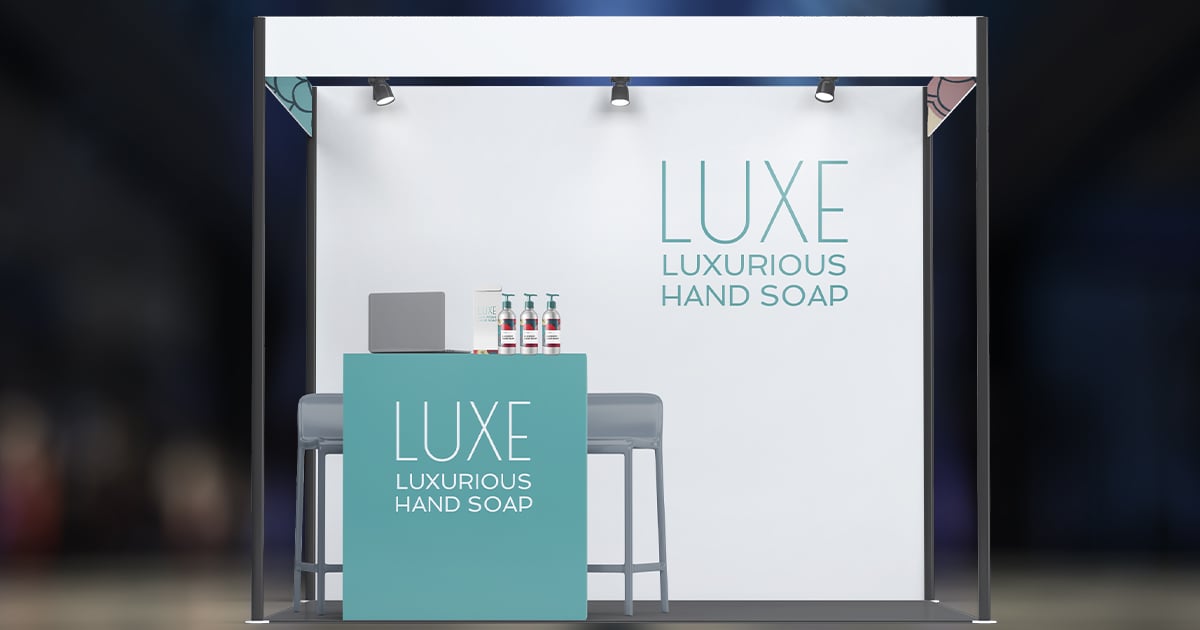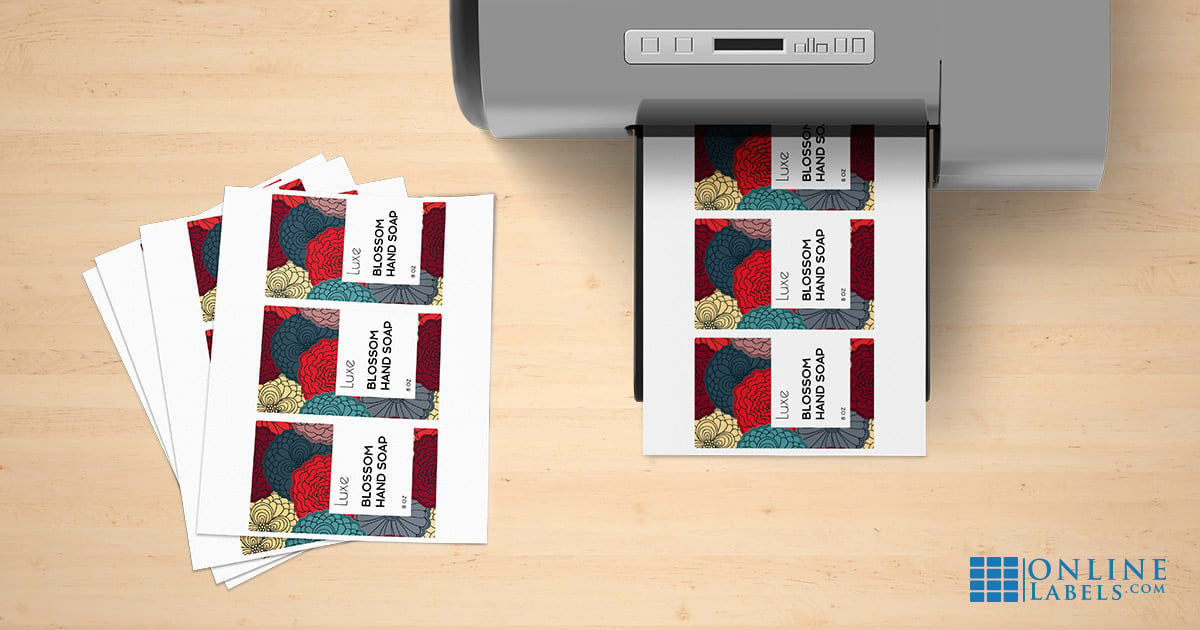Labeling Samples & Prototypes for Tradeshows

We form our impression of brands and products within seven seconds. While those first impressions are made rather quickly, changing someone's perception is a lengthy and time-consuming process.
When it comes time to prepare for your next tradeshow or pitch, consider how your packaging plays a part in the sale.
Packaging Your Prototype

Your packaging is a silent salesman, proof of concept, and testament to your potential as a partner. If you're looking to impress investors, distributors, and the like, you need to put as much thought into your prototype labeling and packaging as you did your finished product.
That includes devoting additional time and resources to getting it right. Before stepping into a tradeshow or product pitch, consider these key tips.
Make it 3D
One-dimensional mockups of your product or its packaging won't do them justice – bringing your sample to life is a crucial step. You'll notice flaws and make critiques to things that flat designs can't possibly show.
Fully flushed out examples and packaging are also significantly more visible and eye-catching on tabletops at tradeshows.
Pull out all the stops
You want to make your sample look and feel as realistic as possible. Using the same vivid inks, high-end materials, and dimensions will go a long way. Being able to sell your vision starts with replicating the visual and tactile experience of future customers.
Show you've future-proofed
Don't ask buyers to visualize what your full product suite may look like down the road. Bring a multitude of flavors, scents, and variations to show them what the future looks like with you as a partner.
Check your content
Ensure you're meeting compliance requirements. The FDA doesn't just regulate food and beverage products. If you're selling cosmetics, aromatherapy products, and more, make sure you're following all the same rules.
Find out if your products are FDA-regulated.
Consciously Design Your Display Packaging

There's more to the packaging process than designing something pretty and fun – it has to sell. Don't let your packaging interrupt the upward momentum of your brand or product.
Consider these recommendations to help ensure your product labels and packaging further sales, instead of hindering them.
Make relevant information easy to find
Consumers need details to make informed purchasing decisions. Pay attention to what information is most important for your product, and make sure it's clearly labeled. This can include your product description, scent/flavor/color, ingredients, use instructions, etc.
Illustrate your unique selling proposition
Spell out what makes your product different, and better. This is your chance to differentiate yourself from competitors. Any necessary content, photos, graphics, or visual aids belong on the packaging of your product.
Consider its supply chain
If you choose a unique packaging option, test its journey from production to the end-user. Will it stack nicely on store shelves, are there delicate extensions that may tear, is the barcode easily scanned?
Choosing Between In-House or Commercial Printing
Once you're ready to start producing your displays, actually getting started can be a tough first step. Do you need to outsource your printing to get high-quality results or can you do it yourself? There are reasons in favor of both, it's how they work for your business that matters most. Below, we break down the differences.
Prototype printing yourself

Printing yourself is frequently more cost-effective for small runs or batches. Commercial printers can enforce order minimums or charge premiums for short-run jobs.
Standard desktop printers keep evolving to produce better results, so your home or office printer may not be far off from the expensive equipment used by the pros. They're faster than they used to be, better equipped to handle various materials, and can still deliver high-quality prints.
An additional benefit of printing yourself is the opportunity to tweak your design. Some people prefer to be hands-on during this process as opposed to sending it off and not seeing any results until they're finished.
Outsourcing prototype printing
Commercial printers take the stress out of the process. If you're worried about alignment, consistency between prints, and other technical details, it may be best to let a printing company handle the packaging for you.
They're also beneficial if you want any high-end finishing options like foil embossing or spot varnish. Often times, those can only be achieved by specialists with professional-grade equipment and years of experience.
Learn more about custom printed labels at OnlineLabels.
Tradeshows bring people from all industries and careers. Are your samples polished and retail-quality to face vendors, distributors, investors, and more?
With no minimum quantities, hundreds of label sizes, and dozens of material choices, we can help your packaging outshine the rest. Explore how OnlineLabels.com can help you save or get started browsing our product labels.



